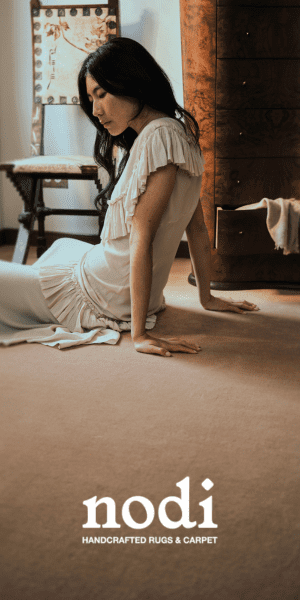Architect Guy Tarrant discusses his home in Point Chevalier and why the courtyard model is a wonderful answer to tight sites in urban settings
[jwp-video n=”1″]
Q&A with architect Guy Tarrant
This house was a conscious effort to build less – single garage, two bathrooms, no guest room. Has it worked?
While this may be the smallest house we’ve built, it’s also the most rewarding. The courtyard plan creates a clarity of purpose and a feeling of generosity that belies the house’s size.
You’ve been playing with the courtyard form in a few houses. Why does it appeal?
On tight urban sites with little outlook, it provides an opportunity to look at yourself rather than your neighbour. For expansive sites in a more open context, the courtyard plan provides opportunity for shelter and focus.
You’ve become more fond of walls during your career but not carpet.
Walls have always had an important place, especially when they intensify the contrast between openness and closure. My reticence about carpet stems from the fact that I believe in flexibility and practicality, and floors with thermal mass are more efficient when exposed. I understand the attraction to carpet, but it’s not a particularly practical material. I favour rugs which provide greater flexibility and can be used to define spaces within a room.
[gallery_link num_photos=”1″ media=”https://homemagazine.nz/wp-content/uploads/2017/04/img3-8.jpg” link=”/inside-homes/home-features/best-city-home-responds-to-difficult-site” title=”Read the full story here”]
Why don’t we capitalise on sites like this more often?
A wedge-shaped site with two street frontages is perhaps not conventionally appealing. Street frontage equates to a perception of noise and lack of privacy. What appealed to me was the opportunity to design a very pure courtyard house. The idea of a walled garden became a powerful way to mitigate the negatives. Often sites that appear to present the greatest constraints actually offer the most opportunity.
What’s it like in winter?
The house delivers myriad pleasures year round. In winter, when the sun is lower in the sky, its abundance of thermal mass stores heat and makes the underfloor heating almost unnecessary. We have a very efficient Norwegian wood burner in our retreat space – the night room – and this is where we hunker down in winter. By contrast the generous expanses of glazing allow us to interact with the elements. We especially enjoy the way rain and changes in light imbue the pool with life.




